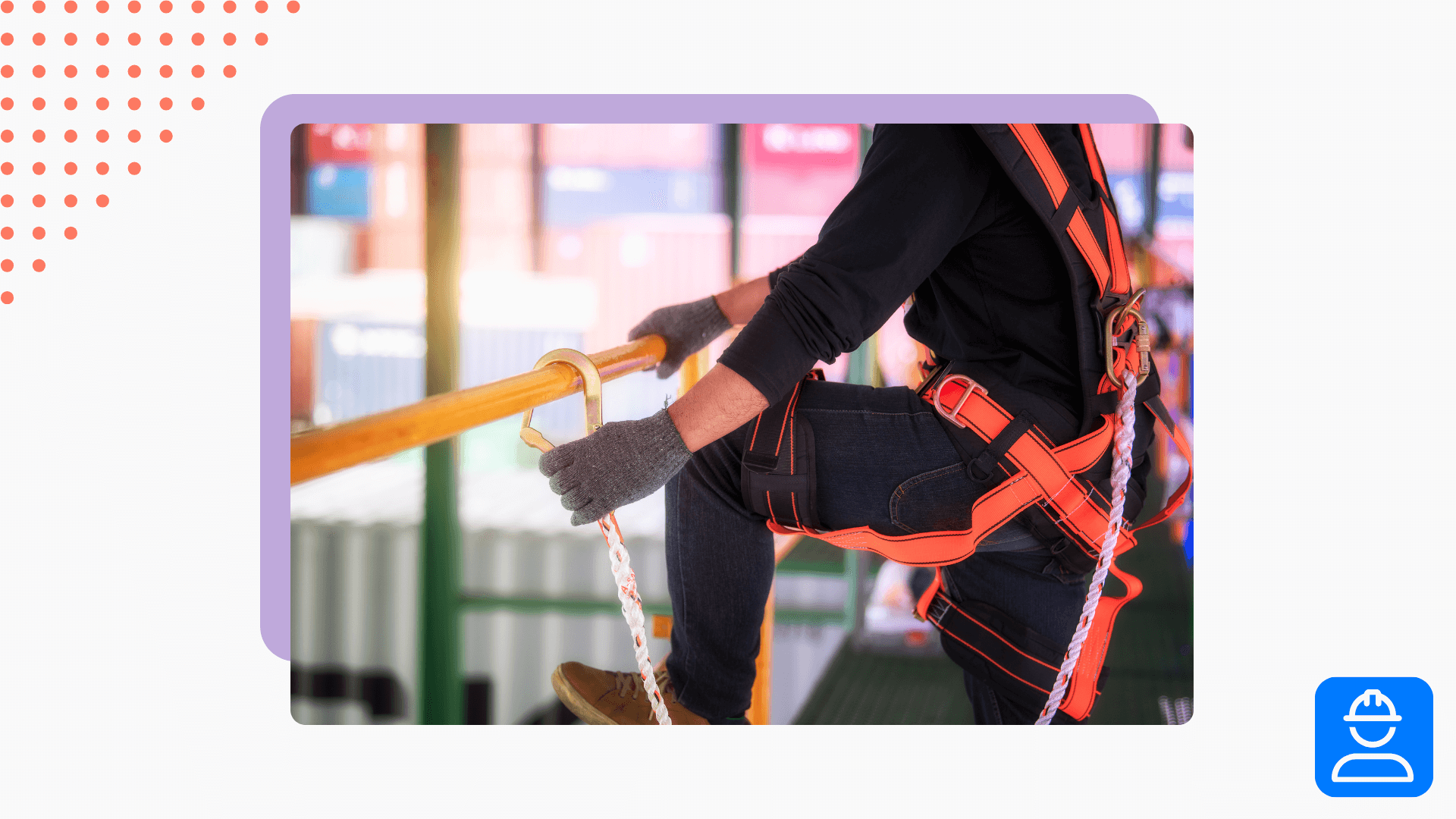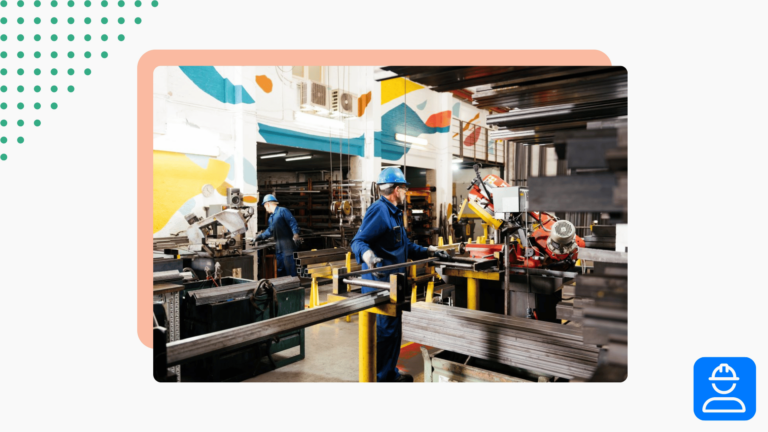Humans are very interesting creatures, especially when it comes to being asked to do something…even if it’s for ourselves. Considering personal safety, it’s fascinating how often we neglect simple precautions.
“Why is what drives not only everything we do, but also our emotional reactions to everything that happens to us…We’re simply far more likely to accept a change if we understand the reason for it.” (Source: Psychology Today)
We desperately need to remember these words as EHS professionals. This is especially important when considering personal safety in shaping human behavior. In this post, I want to discuss a little bit about the importance of human behavior. Specifically, I will explore how it affects safety outcomes.
Free safety tips!
We collected and organized more than 300 safety tips into a single collection for team meetings, emails, and more. These tips undoubtedly help to promote personal safety.
The days of authoritative safety
When OSHA and the EPA began in the ‘70s, the safety and environmental components of EHS were completely separate roles. They were also more authoritative in their approach to compliance.
What I mean by this is workers viewed the safety person as someone against the worker. They were against production, made the work harder, and focused on getting workers in trouble.
Sensing a shift
Over time, I have seen a shift in this perspective, primarily related to personal safety. Now, when I go into businesses, I explain to both employers and employees that I won’t be the one to write someone up for infractions. Discipline should really come from managers—the people who know employees on a personal level.
The EHS team must be seen as a resource to help employees get home safely to their families. Now, we are trending towards relationship building as the foundation for a strong EHS program. Thinking this way can help you establish trust with workers. Ultimately, it can help you convey the importance of safety in the workplace.
Making personal safety the focus
Employees need, or want, to know the why you’re asking them to do something. If they understand the why, and how it affects them personally, they’re more likely to adopt safe behaviors.
Show employees how safety at work affects their home life. Answer the question: what would life look like if you suffered a debilitating injury?
Examples of safety campaigns
I’ve seen great safety campaigns designed to convey the concept mentioned above. Here are two that stand out to me:
Hand campaign: Have employees perform routine tasks like eating, putting on clothes, or opening items. This demonstrates how such injuries can impact their lives.
Work safe campaign: Have employees bring in pictures of their families. This shows everyone why they work safely and why protecting themselves is a priority.
For years, culture has urged people to “leave work at home and leave home at the door.” When it comes to staying safe, work really affects your home life. This narrative has hurt the EHS community, as we work to reframe safe work behaviors. These are essential for life outside of work.
Personal safety as a collective
At a previous employer, where the incident rate was terrible, I did a total company-wide safety reset. I brought all our employees into a roundabout meeting and asked who would volunteer for the next injury. This was without knowing what the injury would be or how it would affect their home life.
Of course, nobody volunteered.
But this was a great way to get everyone thinking in the same way. Since no one wanted to volunteer, it was our responsibility as a company to work together to prevent anyone from being injured next.
As a veteran EHS guy, I can tell you that giving employees ownership over their safety is one of the easiest ways to improve performance. If employees believe you’re in charge of their safety, they might forget the role they play.
If you can get through to your employees, show them why safety measures are in place. This approach can dramatically change your EHS performance.

Jason Hathcoat
Jason is a seasoned EHS professional with more than 17 years of experience working in health and safety. He currently works as an EHS manager for a large global HVAC company.





